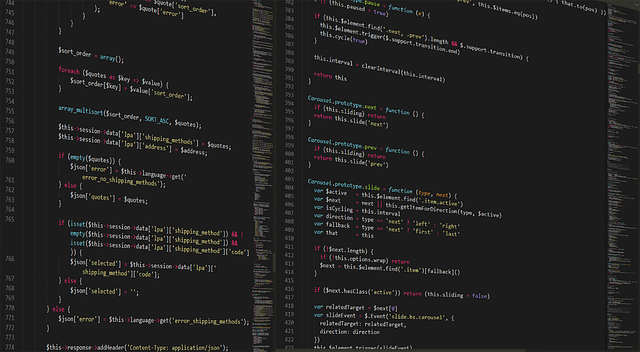
Shoddy Code in Gambling When Algorithms Fail Players
In the digital age, gambling has become more sophisticated, with algorithms dictating odds, payouts, and user experiences in a fraction of a second. Yet, beneath the sleek interfaces and promising odds lies a critical vulnerability: shoddy code. When the underlying software that powers online casinos, sportsbooks, and betting exchanges is poorly written or inadequately tested, players can be exposed to unfair advantages, unexpected losses, and systemic errors that erode trust in the industry.
The Anatomy of Shoddy Code in Gambling
Shoddy code in gambling is not a single flaw but a constellation of problems that arise when developers prioritize speed over quality. Common symptoms include hard‑coded probabilities, inconsistent random number generators, and inadequate input validation. Because many betting platforms rely on complex math to maintain profitability, even a small miscalculation can cascade into significant financial discrepancies.
- Hard‑Coded Odds: Instead of dynamically calculating odds based on live data, some systems embed fixed values that can become obsolete as market conditions change.
- Flawed RNG Implementations: Random number generators that are not cryptographically secure can be predicted, giving advantage to those who identify patterns.
- Insufficient Error Handling: When a transaction fails, poorly written code may not roll back balances correctly, leading to double‑spending or lost funds.
Case Studies: Real-World Consequences
One notable incident involved an online poker platform that accidentally exposed a user’s hand history to other players. The flaw stemmed from a concurrency bug where session tokens were reused. As a result, thousands of users discovered that they could predict opponents’ moves with unnaturally high accuracy.
“The code was rushed to meet a launch deadline,” the platform’s lead developer admitted. “We compromised on testing, and the fallout was immediate.”
Another example was a sports betting site that used a simplistic algorithm to adjust odds after a few bets. When a series of large, coordinated bets occurred, the algorithm failed to recalibrate, causing the site to pay out far beyond the expected margin.
Why Shoddy Code Persists
There are several forces that perpetuate the presence of shoddy code in gambling systems:
- Regulatory Loopholes: In many jurisdictions, the regulatory framework focuses on financial compliance rather than code quality. As a result, there is little incentive for firms to invest in thorough code reviews.
- Market Pressure: The rapid expansion of online gambling pushes companies to release new features quickly, often at the expense of rigorous testing.
- Skilled Workforce Shortages: High demand for developers with expertise in secure, algorithmic systems means that many teams rely on less experienced programmers who may not fully understand the nuances of betting logic.
Mitigating Shoddy Code: Best Practices
Industry experts recommend a set of practices to reduce the risk of shoddy code:
- Automated Testing: Implement unit, integration, and load testing frameworks that cover edge cases specific to betting scenarios.
- Code Audits: Regular third‑party code reviews can uncover hidden logic errors before they affect live users.
- Immutable Transactions: Use blockchain-inspired approaches to record each bet in an immutable ledger, ensuring that balances cannot be tampered with.
- Dynamic Odds Adjustment: Employ algorithms that continuously ingest live data feeds and recalibrate odds in real time.
The Role of Regulation and Transparency
Regulators have begun to recognize the importance of code integrity. Some jurisdictions now require gambling operators to publish security certifications and undergo annual penetration testing. Transparency in how odds are generated can also help players identify suspicious patterns. Platforms that openly disclose their codebase or provide API access for independent auditors tend to garner higher trust scores.
Players’ Perspective: What to Look For
Players cannot rely solely on the operators’ claims of fairness. Here are a few indicators that the underlying code may be robust:
- Clear Odds Disclosure: Odds that change in line with actual events, rather than fixed rates.
- Reputable Licensing: Operators licensed by well-known regulatory bodies often adhere to stricter technical standards.
- Third-Party Audits: Availability of audit reports from respected security firms.
- User Feedback: Consistent user reports of errors or odd behavior may signal deeper code issues.
Future Directions: From Shoddy Code to Resilient Platforms
The gambling industry is at a crossroads. While shoddy code continues to pose risks, emerging technologies such as formal verification, machine learning‑driven testing, and distributed ledger technology offer pathways to build more resilient systems. By combining rigorous code quality practices with transparent governance, operators can shift from reactive fixes to proactive resilience.



